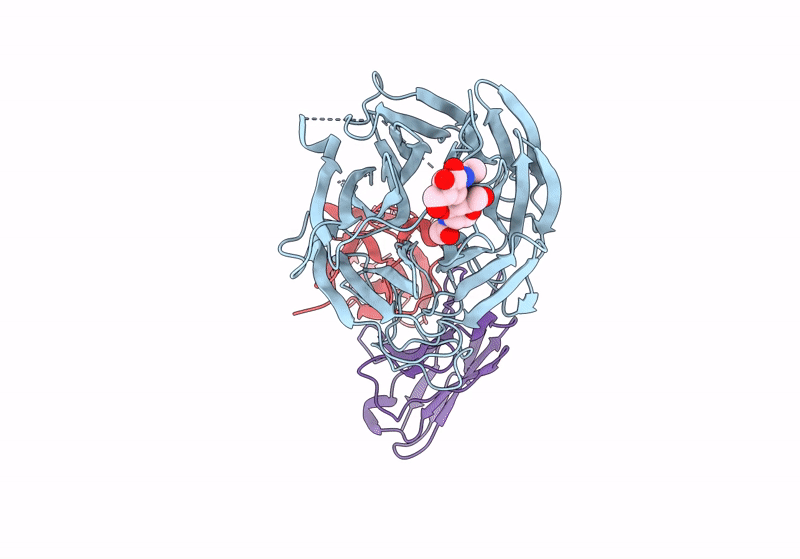
Deposition Date
2023-08-31
Release Date
2024-03-27
Last Version Date
2025-04-09
Entry Detail
PDB ID:
8U1C
Keywords:
Title:
A mechanistic understanding of protective influenza B neuraminidase mAbs at the airway interface
Biological Source:
Source Organism:
Homo sapiens (Taxon ID: 9606)
Influenza B virus (B/Iowa/06/2017) (Taxon ID: 1968240)
Influenza B virus (B/Iowa/06/2017) (Taxon ID: 1968240)
Host Organism:
Method Details:
Experimental Method:
Resolution:
2.89 Å
Aggregation State:
PARTICLE
Reconstruction Method:
SINGLE PARTICLE


